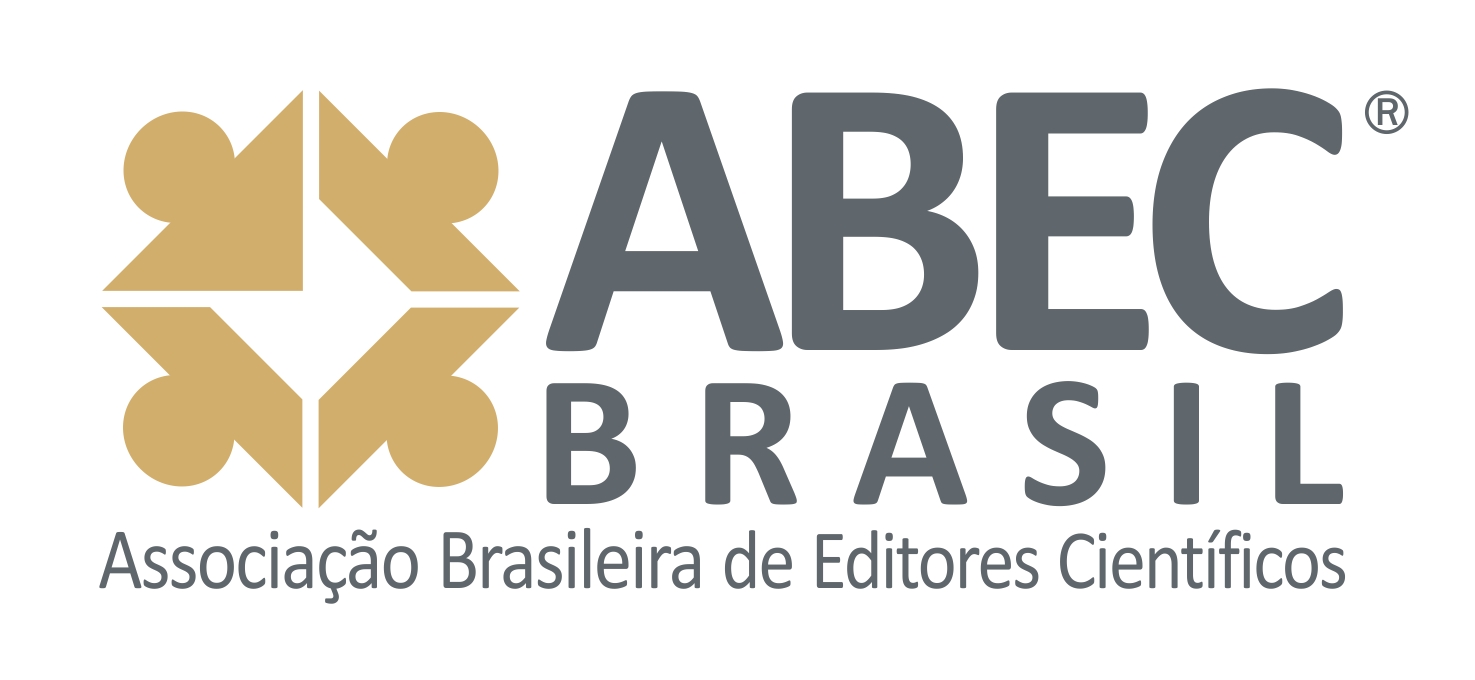SOCIAL STRUCTURE AND GROWTH RATE OF THE ARGENTINE-ANT Linepithema humile (Mayr, 1868)
DOI:
https://doi.org/10.37856/bja.v92i3.3310Resumo
This work evaluated the agonistic behavior among workers of different nests of the Argentine-ant Linepithema humile, the period of sexual production, the sexual proportion, the variation of intranest population in the summer and in the winter, and. tThe growth rate of little colonies of 25 nests in Limeira, SP., were determined by Tthe intranest population were determined by counting the individuals of ten nests, and the growth rate to dissemination with 10, 50, 100, 150, 200, and 500 workers. The Limeira population presented unicolonial social structure with no agonistic  behavior among different nests. The sexual production was in the summer, with female-biased sexual investment (2.4 : 1). The size of the disseminated had a positive influence on the production of total offspring, but it was negative regarding the per capita production.Referências
ARON, S.; PASSERA, L. 1999. Mode of colony foundation influences the primary sex ratio in ants. Animal Behavior, Oxford, v. 57, p. 325 - 329.
BUENO, O.C.; CAMPOS-FARINHA, A.E.C. 1999. As formigas domésticas. In: MARICONI, F.A.M. (Ed.). Insetos e outros invasores de residências. Piracicaba: FEALQ, cap. 3, p. 135-180.
BOOMSMA, J.J.; GRAFEN, A. 1991. Intraspecific variation in ant sex ratios and the Trivers-Hare hypothesis. Evolution, New Jersey, v. 44. p. 1026 – 1034.
BOURKE, A. F. G.; FRANKS, N.R. 1995. Social Evolution in ants. Princeton University Press, New York, p. 519.
BRIAN, M.V. 1983. Social Insects. Ecology and Behavioural Biology. Chapman and
Hall, New York, p.377.
DIEHL, E. 1995. Formigas: Organização Social e Ecologia Comportamental.
Editora Unisinos, São Leopoldo, p.166.
ERICKSON, J.M. 1971. The displacement of native ant species by the introduced Argentine ant Iridomyrmex humilis Mayr. Psyche, Cambridge, v.78, p. 257 - 266.
HAMILTON, W. D. 1964. Genetical evolution of social behavior II. Journal of Theorical Biology, Amsterdam, v. 7, p. 354 – 356.
HAMILTON, W. D. 1972. Altruism and related phenomena mainly in social insects. Ann. Rev. Ecol. Syst., Stanford, v. 3, p. 193 - 232.
HEE, J.J.; HOLWAY, D.A.; SUAREZ, A.V.; CASE, T.J. 2000. Role of propagule size
in the success of incipient colonies of the invasive Argentine ant. Conservation Biology, Oxford, UK, v. 14, n. 2, p. 559-563.
HÖLLDOBLER, B.; WILSON, E. O. 1977. The number of queens: an important trait in ant evolution. Naturwissenschaften, Berlin, v. 64, p. 8 -15.
HÖLLBOBLER, B.; WILSON, E.O. 1990. The Ants. The Belknap Press of Harvard University press, Cambridge, Mass, 732 p.
HOLWAY, D.A. 1995. Distribution of the Argentine ant (Linipithema humile) in Northern California. Conservation Biology, Oxford, UK, v.9, p. 1634 – 1637.
HOLWAY, D.A.; HUMAN, K.; GORDON, D. 1996. Exploitative and interference competition between the Argentine ant and native ant species. Oecologia, Berlin, v.105, p. 405- 412.
HOLWAY, D.A., SUAREZ, A. V.; CASE, 1998. Loss of intraspecific aggression and the success of a widespread invasive social insect. Science, Washington, v. 282, p. 949 – 952.
HOLWAY, D. A.; LACH, L.; SUAREZ, A.V.; TSUTSUI, N. D.; CASE, T. J. 2002. Causes and consequences of ant invasions. Annual Review of Ecology and Systematics, Stanford, v. 33, p. 181 – 233.
KAUFMANN, B.J., BOOMSA, J., PASSERA, L.; PETERSEN, K.N. 1992, Relatedness and inbreeding in a French population of the unicolonial ant Iridomyrmex humilis (Mayr). Insectes Sociaux, Paris, v. 39, n. 2, p. 195-213.
KELLER, L., L’HOSTE, G., BALLOUX, F.; PLUMEY, O. 1996. Queen number influences the primary sex ratio in the Argentine-ant, Linepithema humile (= Iridomyrmex humilis). Animal Behavior, Oxford, v. 51, p. 445 - 449.
MARKIN, G.P. 1970. Food distribution within laboratory nests of the Argentine-ant, Iridomyrmex humilis. Insectes Sociaux, Paris, v.17, p. 127 – 158.
NONACS, P. 1985. Ant reproductive strategy and sex allocation theory. Quarterly Review of Biology, Chicago, v.61, p. 1 – 21.
NONACS, P. V. 1986. Sex-ratio determination within colonies of ants. Evolution, New Jersey, v. 40, n. 1, p. 199 – 204.
NONACS, P.; SORIANO, J.L. 1998. Patch sampling behavior and, future foraging expectations in Argentine ants, Linepithema humile. Animal Behavior, Oxford, v. 5, p. 519 -527.
ORR, M.R., SEIKE, S.H., BENSON, W.W.; DAHLSTEN, D.L. 2001. Host specifity of Pseudaceton (Diptera: Phoridae) parasitoids that attack Linepithema humile (Hymenoptera: Formicidae) in South America. Environmental Entomology, College Park, v. 30, n. 4, p. 742 - 747.
OSTER, G. F.; WILSON, E. O. 1978. Caste and ecology in the social insects (Monographs in Population and Biology, n.12), Princeton University Press, 352 p.
PAMILO, P. 1991a. Evolution of colony characteristics in social insects. 1. Sex Allocation. American Naturalist, Chicago, v. 137, p. 83 – 107.
PAMILO, P. 1991b. Evolution of colony characteristics in social insects. 2. Number of reproductives individuals. American Naturalist, Chicago, v.138, p. 412 – 433.
PASSERA, L. 1994. Characteristics of tramp species. p. 23-43. In: I.D.F. WILLIAMS (ed). Exotic Ants: Biology, Impact and Control of Introduced Species. Westwiew Press, Boulder, Colorado.
PIVA, A.; CAMPOS-FARINHA, A.E.C. 1999. Estrutura de comunidade das formigas urbanas do bairro de Vila Mariana na cidade de São Paulo. Naturalia, São Paulo, v. 24, n. esp., p. 115-117.
SILVA, E. J. E.; LOECK, A. E. 1999. Ocorrência de formigas domiciliares (Hymenoptera: Formicidae) em Pelotas, RS. Revista Brasileira de Agrociências, Pelotas, v. 5, n. 3, p. 220 - 224.
SUAREZ, A.V.; HOLWAY, D.A.; CASE, T.J. 2001. Patterns of spread in biological invasions dominated by long-jump dispersal: insights from Argentine-ants. Proceedings of the National Academy of Sciences of the United States of America, Washington DC, v. 98, n. 3, p. 1095 – 1100.
SUDD, J. H.; FRANKS, N. R. 1987. The behavioural ecology of ants. Chapmann and Hall, New York, 206p.
THERAULAZ, G. 2001. Model of droplet dynamics in the argentine ant Linepithema humile (Mayr). Bulletin of Mathematical Biology, Oxford, v. 63, p. 1079 - 1093.
TRIVERS, R. L. 1971. The evolution of reciprocal altruism. Quarterly Review of Biology, Chicago, v.46, n.1, p. 35 – 57.
TRIVERS, R. L.; HARE, H. 1976. Haplodiploidy and the evolution of the social insects. Science, Washington, v.191, p. 249 – 263.
TSUTSUI, N.D.; SUAREZ, A.V.; HOLWAY, D.A.; CASE, T.J. 2001. Relationships among native and introduced populations of the Argentine-ant (Linepithema humile) and the source of introduced populations. Molecular Ecology, Oxford, UK, v. 10, n. 9, p. 2151-2161.
TSUTSUI, N. D.; SUAREZ, A.V. 2003. The colony structure and population biology of invasive ants. Conservation Biology, Oxford, UK, v. 17, n. 1, p. 48 – 58.
WARD, P. S. 1987. Distribution of the introduced Argentine-ant (Iridomyrmex humilis) in natural habitats of the lower Sacramento Valley and its effects on the indigenous ant fauna. Hilgardia, California, v.55, p. 1 – 16.
WEBER, 1982, Fungus Ants p. 255 – 364. In: HERMANN, H. (ed.) Social Insects, v.IV, Academic Press, New York.
WHEELER, W. M. 1925. The Ants. Columbia Biological Series n.9. Columbia University, New York, 663p.
WILD, A.L. 2004. Taxonomy and distribution of the Argentine ant, Linepithema humile (Hymenoptera: Formicidae). Annals of the Entomological Society of America, Lanham, v. 97, n. 6, p. 1204 - 1215.
WILSON, E. O. 1951, Variation and adaptation in the imported fire ant. Evolution, New Jersey, v. 9, p. 68 - 79.
WILSON, E. O. 1971. The Insects Societies. Belknap Press of Harvard University. Press, Cambridge, Mass.











